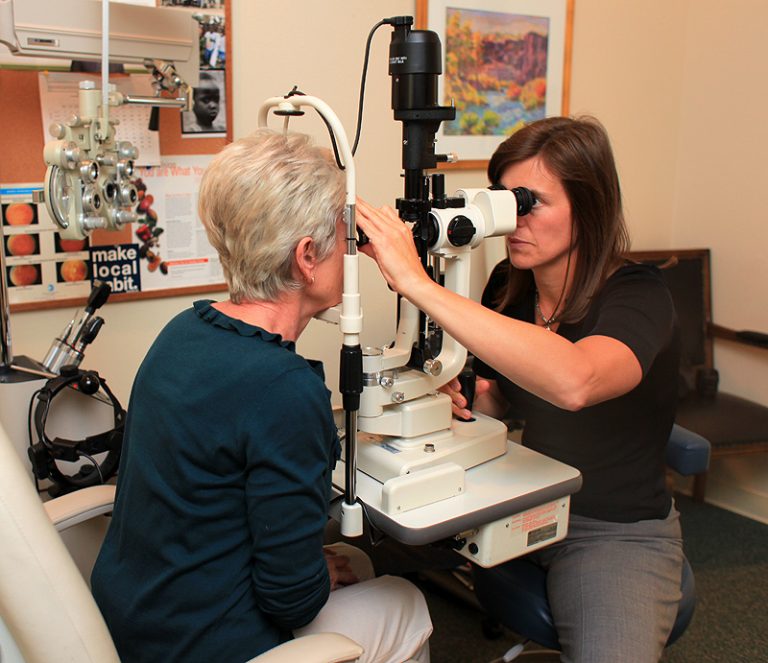There are a lot of people walking around thinking that they are color blind, when in fact true color blindness is very rare condition. The human retina contains two categories of light sensitive cells: the rods and cones. Rods give us our night vision and are present mainly in the peripheral retina (this is why it’s often easier to visualize a faint star by not looking directly at it). Cones give us our daytime, high resolution, color vision.
Total color blindness, or achromotopsia, is an extremely rare situation in which the person has no cone cells.
Q: Can you explain color blindness?
A: There are a lot of people walking around thinking that they are color blind, when in fact true color blindness is very rare condition. The human retina contains two categories of light sensitive cells: the rods and cones. Rods give us our night vision and are present mainly in the peripheral retina (this is why it’s often easier to visualize a faint star by not looking directly at it). Cones give us our daytime, high resolution, color vision. There are 3 subcategories of cones – red, blue, and green – which vary in their sensitivity to different wavelengths of light. We perceive objects in our vision to have color because they reflect light of a certain wavelength, which stimulates one of these cone types that then sends that information to the brain to process.
Total color blindness, or achromotopsia, is an extremely rare situation in which the person has no cone cells. They see the world in grey scale and have relatively poor central vision. It is an inherited condition. There is a second form of total color blindness called color agnosia; in this condition, the retinas contain the necessary cones and send the proper signal to the brain, but the signal is not processed.
So what is it that most people have? A color deficiency. These people see color, although their perception of certain colors is abnormal. This is most typically caused by a shift in the wavelength sensitivity of either the red or green cones. It is an inherited condition that is passed on to offspring in the X chromosome (by the mother). We could get into the finer details of genetics, but suffice it to say that the daughter of a color deficient father has a 50% chance of passing that trait on to her sons. Approximately 5-8% of the male population has a color deficiency.
There are many other subcategories of color deficiency, both inherited and acquired. Color vision can be tested relatively easily by eye care professionals. As always, if there are any questions please contact Riverbend Eyecare at 317-9747.





